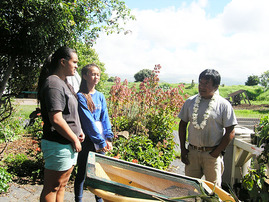
The Great Mahele of 1848, which allowed private ownership of land began a huge shift in island agriculture. With private ownership of land came sugar cane plantations. The plantations’ need for extensive labor led to the influx of Asian farm workers, with the first Chinese contract laborers arriving in 1852. This insatiable need for labor also brought the first Japanese workers to Hawaii in 1868. The first group was comprised mostly of farmers from Hiroshima, Yamaguchi, Kumamoto and Fukuoka prefectures, where the drop in the price of rice made for difficult conditions. Rural farmers in Japan were suffering by the time Mineo Honda was born in 1942. In 1956 he came to Honoka’a from Kumamoto Prefecture and remembers, “The government controlled the farmers. All the rice goes to the soldiers. That’s the reason we didn’t have anything like food. Those days when I born was very poor. Country was in war. So was poor, poor and some don't have kaukau, you know food.”
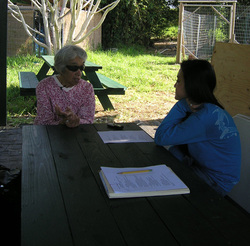
Ranching was the dominate livelihood in Waimea, but ranch employees and their families raised food to eat and trade. Aunty Dorothy Nishie, who grew up on Parker Ranch’s Waiki’i station where her father worked, recalls the gardens there, “My mother and all the ladies, they planted their gardens. They planted vegetables and they planted flowers. And my mom and several of my cousins were lei makers. So that’s how we got extra money.” There was also a regular connection with Waipio Valley agriculture, “It was a big bag of poi that was done in Waipio and brought up by the mules on the saddle through the mountains…”
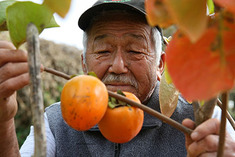
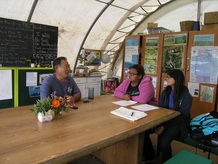
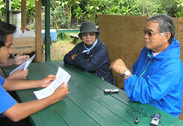

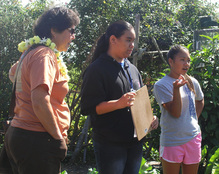
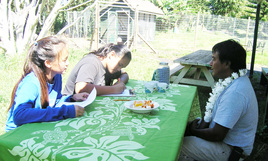
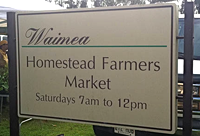
 RSS Feed
RSS Feed
